This is a continuation from the first post series of 39. Please read them in order.

Introduction
In ancient times people were very familiar with the Sun and the stars. At night they had nothing better to do than gaze up at the stars. They saw how the stars move across the sky during the night, and how different constellations are visible at different times of the year.
They made up stories which were allegories based on what they saw. Later on, these stories took on a life of their own, as the stories were passed down from generation to generation but the knowledge of what the stories represented was lost. People started believing the stories were real and actual history of events that actually really happened in the past, when originally the stories were nothing more than allegories for what people saw happening in the stars.
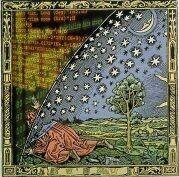
The ancients looked to the sky to determine what time of year it was. It was important to know what time of year it was. You needed to know when it was time to plant crops and when it was time to harvest the crops. As the year passed the Sun appears to make a journey through the constellations of the Zodiac. The entire story of Jesus’ ministry is an allegory for this journey.
Lesson 4: Heaven And Hell
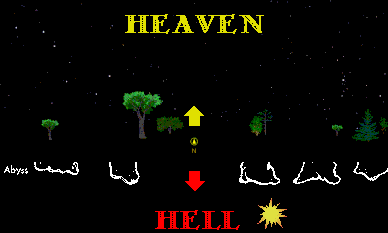
Heaven and Hell are not just theologically opposite, they are geometrically opposite. Heaven is up. Hell is down. Heaven is and has always been up above. Hell is and has always been down below, under the earth.
Go outside at night and look up and you are literally looking at heaven. And what do you see? You see all the stars, which make up all the constellations.
Hell is hot and on fire, because the sun is hot and on fire and the sun goes down there every night, setting everything ablaze.
Lesson 5: High Noon
The sun is straight overhead at midday, mid-day, the middle of the day. It is high noon, when the sun is at its most high. This is a good time to set your local clock to 12 O'Clock noon, when both hands point straight up.

Standardized time zones are a relatively recent invention. It used to be everyone set their clocks according to the sun, with high noon, midday, the middle of the day, defined as 12 O'Clock, when both hands point straight upwards. The invention of high speed travel via railroads necessitated the invention of a standardized time, as railroad timetables became increasingly complicated.
Lesson 6: Sundials
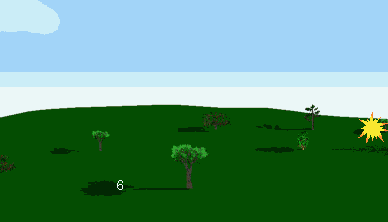
A tree is a basic sundial. Notice how the shadow cast by the tree changes position during the day.
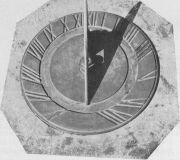
Sundials are just fancy things that cast shadows like a tree onto a clock face. Notice the "clockwise" direction the shadow moves throughout the day corresponds to the "clockwise" direction the hands on a clock move. This is why clocks go clockwise. Also note that at mid-day the shadow points directly North, and mechanical clocks point straight up signifying high noon.
This is why all dials of any type usually go clockwise.
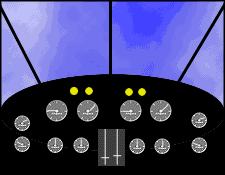
Shadows go "clockwise" only for people in the northern hemisphere. In the southern hemisphere everything is reversed; the shadows go counter clockwise. Here is a sundial made for the shouthern hemisphere.
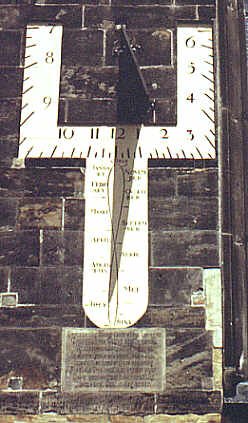
Most of Earth's land is in the northern hemisphere, so it's not surprising that the people who invented clocks and dials and made them go clockwise lived in the northern hemisphere where sundials and tree shadows go clockwise.
Here's a brain teaser for you to think about: What direction do shadows go for someone living on the equator?
All credit goes to my personal friends who allowed me to use their site to present this, for the mere sake of spreading knowledge.
Read it all here at
Imagine A World Without Superstitions
The Most Dangerous Superstition by Larken Rose (Free PDF download):
Learn To Win In Traffic Court in 30 Days!!!
Don't forget to comment with any questions or concerns you may have.
Grammar Nazis are welcome here. Help me help you.
Nice content man :) If you would like to get more supporters and be rewarded for your own upvotes, check us out! https://steemit.com/steemit/@infohunter/get-resteems-and-upvotes-and-much-more